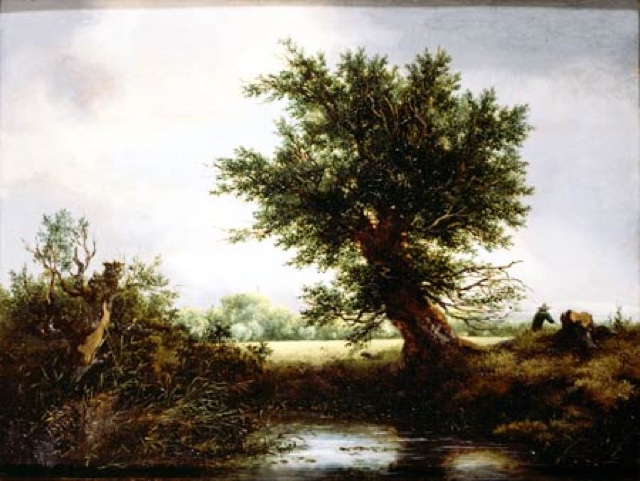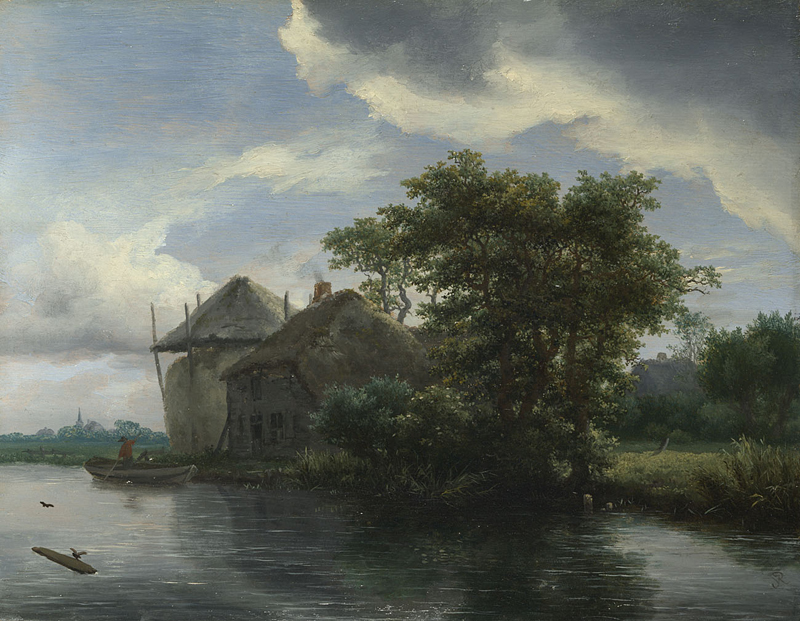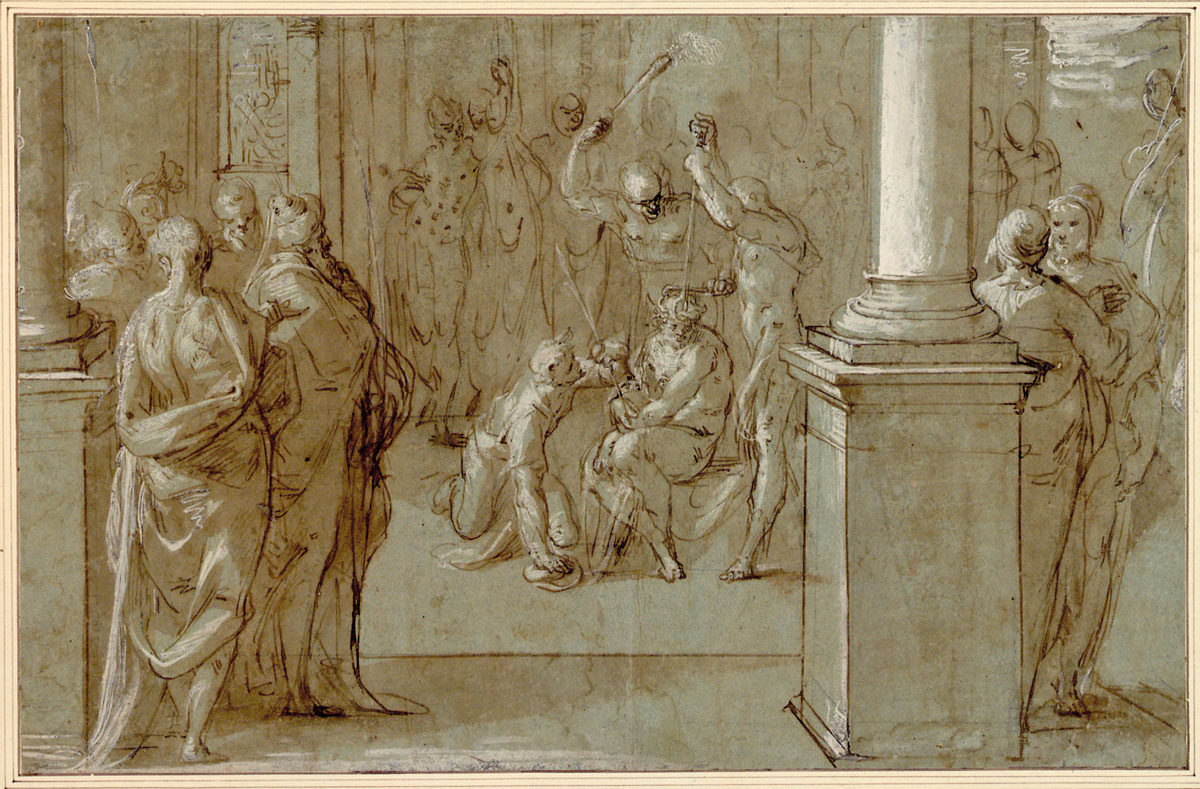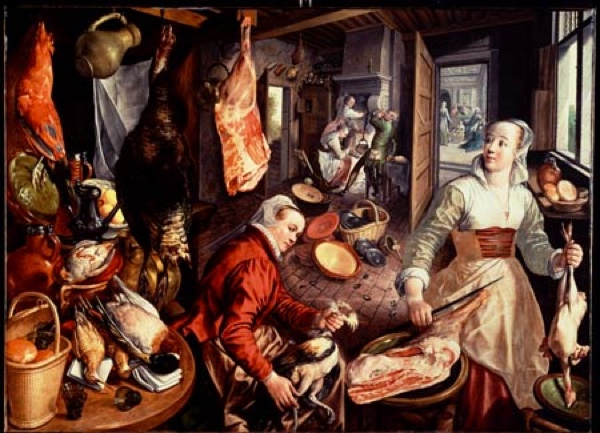“ Anything of value has a history. As an art historian I want to find out what that history is. This search starts with looking – and then looking again. How is the object ( painting, sculpture, drawing, print ) made ? Who made it and when ? What is its condition ? Has it been restored in the past ? The answers lead to further questions. Who exactly is the artist ? What do we know about his of her oeuvre ? To what other collections did the work belong in the past ? Where has it been exhibited ? Has it been published ? Gathering all this information enables me to establish the story behind the object and construct appropriate arguments to determine its true value “
Besides providing appraisals and expertise reports, Marina Aarts also advises on buying and selling, on collection management and on conservation and restoration. In addition she acts as broker, looks after wish lists of collectors and is frequently invited to give talks ( in her native language Dutch, as well as English, German, French and Italian ) on developments in the market. She regularly publishes her projects on the web and also comments on market trends in the section current affairs.
Abraham de Verwer de Burghstrate (c.1585-1650): View of Hoorn
Abraham de Verwer de Burghstrate (c.1585-1650), View of Hoorn
This atmospheric painting - striking in its minimalism of composition and color - was purchased by The National Gallery in Washington DC in 2008 and first shown to the public in an exhibition of cityscapes entitled Pride of Place, in the Mauritshuis The Hague, and in Washington DC in 2008/9.
In the catalogue, curator Arthur Wheelock drew attention to the fine and subtle character of the painting, which Laurens Bol was the first to have noticed. In his standard work on seventeenth-century marine painting of 1973, Bol had described the rigging of the flute on the left as a soft vibrato lyrically playing with the silent gravity of the city in the background. The attribution to Abraham de Verwer had also been suggested by Bol, comparing the painting to de Verwers drawings, such as those of a View of Flushing, in the Rijksmuseum, Amsterdam (see image). He had also noted the stylistic similarity with the cityscapes in the background of de Verwers naval battles, such as of the English fleet at the La Rochelle, in the Maritime Museum, Amsterdam (see image).

English fleet at the La Rochelle roads, Maritime Museum, Amsterdam

View of Flushing, Rijksmuseum Amsterdam
Following the acquisition by The National Gallery and the presentation during the exhibition, View on Hoorn is now widely recognised as a masterpiece of Dutch painting in the Golden Age. Yet, at the time of the reappearance of the painting from an deceased estate, the painting was first received with a great deal of criticism: Abraham de Verwer was a forgotten master; the painting only a very thin monochrome line of buildings on the horizon; the condition would be suspect.
The hesitations marked the presentation of the painting at TEFAF. Yet, the recognition by Arthur Wheelock and his acquisition for the National Gallery one of the sweetest moments in my career.
Jacob van Ruisdael: Dune landscape with a pollard willow beside a pool
This landscape by the young Jacob van Ruisdael was once part of the collection of August Wilhelm Volz (1873-1944) in The Hague. This collection included besides old masters, such as Rembrandt's 'Josef and his dreams' ( now Rijksmuseum Amsterdam) and Michael Sittow's Mansportrait ( now Mauritshuis, The Hague) also works by the painters of the so called The Hague School.
In 2009 by Guido Jansen and Rudolf Volz, August Wilhelm's son, published a reconstruction of the collection under the title 'August Wilhelm Volz (1873 - 1944); a well-known collector and art protector in The Hague'. Since then, a number of paintings reappeared on the market and were bought back by Rudolf Volz as a tribute to his father.

Jacob van Ruisdael, Dune landscape with a pollard willow beside a pool, c.1650/2
'Dune landscape with pollard willow' belonged to a small group of old masters, which had been on loan to Singer Museum in Laren (N.H.) since 1975 and were to be offered on the market in1998. While inspecting the paintings at the museum at the time, the landscape immediately struck me as of a very special quality. Written communication with Professor Seymour Slive in Boston confirmed that he too saw it as a gem. He congratulated us with the 'discovery' of this extraordinary magistral landscape, for which, as he noted, Ruisdael had need only a small sized panel. In his oeuvre catalogue of the master's paintings, published in 2000, Slive illustrated the painting in color, mentioning its prestigious provenance : J.B.P. Lebrun in the 18th century and the Prince of Talleyrand in the early 19th century. At that time it was accompanied by the painting, now in The National Gallery, London as its pendant (see image).

Jacob van Ruisdael, Landschape, National Gallery London
The auction was a highlight in the Dutch auction history. The hammer came down at NLG 1,600,000, a price which is still among the highest prices ever paid for a work of art at a public auction in the Netherlands.
Joachim de Beuckelaer: The four elements
On 13 December 2000, this series of paintings of the four elements by Joachim de Beuckelaer were offered for sale at Christie 's in London. It is the only known series of paintings by the artist and had previously been on loan in the museum in Ghent.
The sale of the paintings was a sensation, not only by the uniqueness of the series, but most of all as rumours spread that The National Gallery was interested to buy. However, their bidding depended on the full provenance of the paintings and especially on where the paintings had been between the auction from a Belgian castle in 1902 and the sale of 1981, when the vendor had acquired the paintings.
As time to solve the issues ran out, Robert Noortman stepped in and bought the series in order to give the museum more time to investigate. Not long after The National Gallery became the new owners.
The series were sold for a record price of £ 2,973,750. The handling was the highlight of my time at Christie's.
Bartholomeus Spranger: The Flagellation

Oil on copper, 22,5x17 cm
This small painting on copper was the highlight of my consultancy at Koller Auktionen in Zürich, in the years 2003-2009. Twice a year I travelled to Zürich to inspect the original paintings consigned for auction. Moreover, there was frequent contact by e-mail and by telephone on the basis of photographs of paintings that had been offered.
One day in 2006, Cyril Koller called me to keep myself ready for a photo he would send me after a visit he was intending to do in Paris. He expected it to be of some importance.
When he sent the photo later that day by email, I did not know what I saw: the refinement of the drawing, as well as the colors and soft light; this painting was an absolute masterpiece by the Dutch painter Bartholomeus Spranger; a painter who is best known for the very sensual paintings of mythological subjects in small and large formats, which he painted for Emperor Rudolph II in Prague. An example of such an openly sexually tinted work is the painting that appeared at Christie's in London in December 2017 (lot 13, 7 December 2017) and which is now in an Antwerp collection.
The Flagellation is of a completely different character than the Prague works. The painting dates from around 1570, from the Roman years of the artist. Here Spranger was in close contact with the brothers Federico and Taddeo Zuccari, with whom he worked on the fresco decorations in the Farnese palazzo in Caprarola (see image).

Villa Farnese, Jupiter Room
The Flagellation may be related to Sprangers short-term employment with Pope Pius V, in the years immediately succeeding his engagement with Caprarola. Carel van Mander records how the Pope asked Spranger to paint him a small Passion series and that Spranger would have presented studies for this series. Two of these studies are perhaps the ones on blue paper, now in the Staatliche Graphische Sammlung, Münich and the Albertina, Vienna (see image).

©Albertina Wien
Unfortunately, the Papal provenance for the Flagellation could not be confirmed by any documents. Despite, the discovery of this fine painting was of particular importance, not only because it made an essential contribution to the hitherto available knowledge of Spranger's oeuvre, but especially to Spranger's appreciation.
How unloved mannerism still is, you may like to go to the Palazzo Farnese at Caprarola. Large tourist flows are not seen there; at the most a lost art lover who braves the cold of the building to study the complicated iconography of the decorations. Caprarola, which is derived from capra (goat), was associated as the place of youth of the young Jupiter, since he was nurtured by a goat.
Marina Aarts read art history at Utrecht University and obtained her Master’s degree in 1981. She then trained as an expert in Old Masters at Christie’s Amsterdam. In 1992 she became chartered valuer of paintings from the 17th – 20th centuries. In 2002 she became independent as a fine art consultant. Marina Aarts was board member of the C. Hofstede de Groot Foundation/ Friends of the RKD, The Hague, the Horst Gerson Lectures Foundation, Groningen and Friends of NIKI, Florence. She is currently on the board of the Roodenburg van Looy Foundation, Noordwijk and Stiftung Heinz Kuckei Collections, Berlin.
The story behind a painting
Every painting tells a 'story'. This story is frequently lost over time. My work straks with retracing this story. Who were the previous owners? Was the work commissioned or was it painted for the free market? Has the painting been restored in the past? Are there any preliminary studies ? What is known about the painter? How does the painting fit into his or her oeuvre. Careful research can retrace these stories and can be essential in establishing the value.
Careful inspection
My work always starts with a careful inspection of the object. First I look at the style and the composition, followed by a close inspection of the details of the scene. I want to be able to identify and understand all the different elements of the painting and understand what the scene represents and what story it tells. Questions such as who are the people depicted, what exactly do they do and where does the scene take place are essential. Subsequent research is to establish if the painting was published in the past and if so how. My objective thereby is to fully understand how the work of art has passed through the generations and where I can perhaps add to the story.
A New Story
Consultation with other experts is thereby indispensable. For questions about the condition of the piece, I turn to restorers. They can tell me exactly what happened to the painting in the past and whether a new restoration would mean an improvement or a deterioration. And of course I also turn to other art historians, curators and academics at home and abroad. I maintain close contacts with many of them so that I can call on their expertise in various fields.In this way a painting gains in depth and meaning, but also a new story is added to the old.






